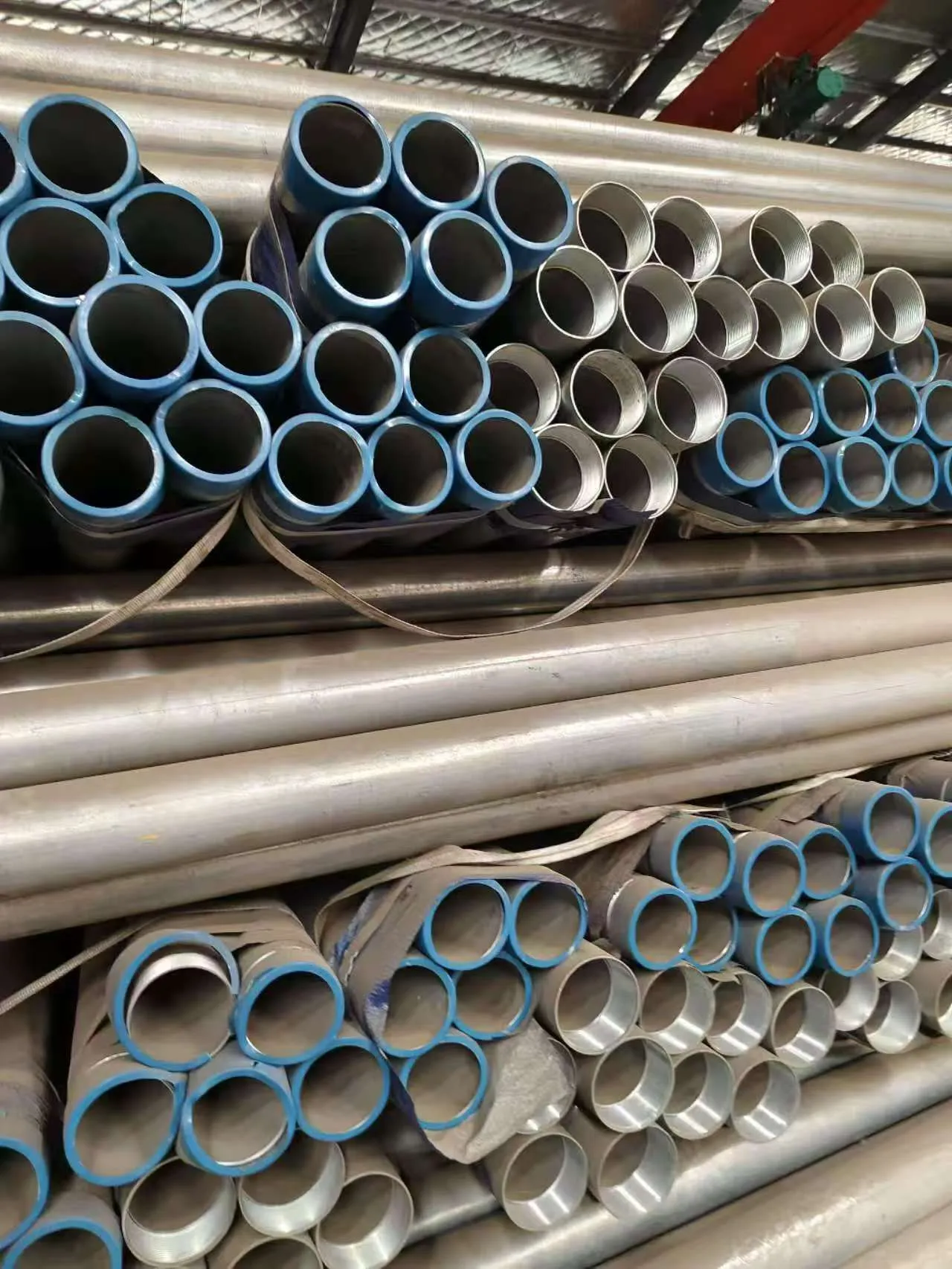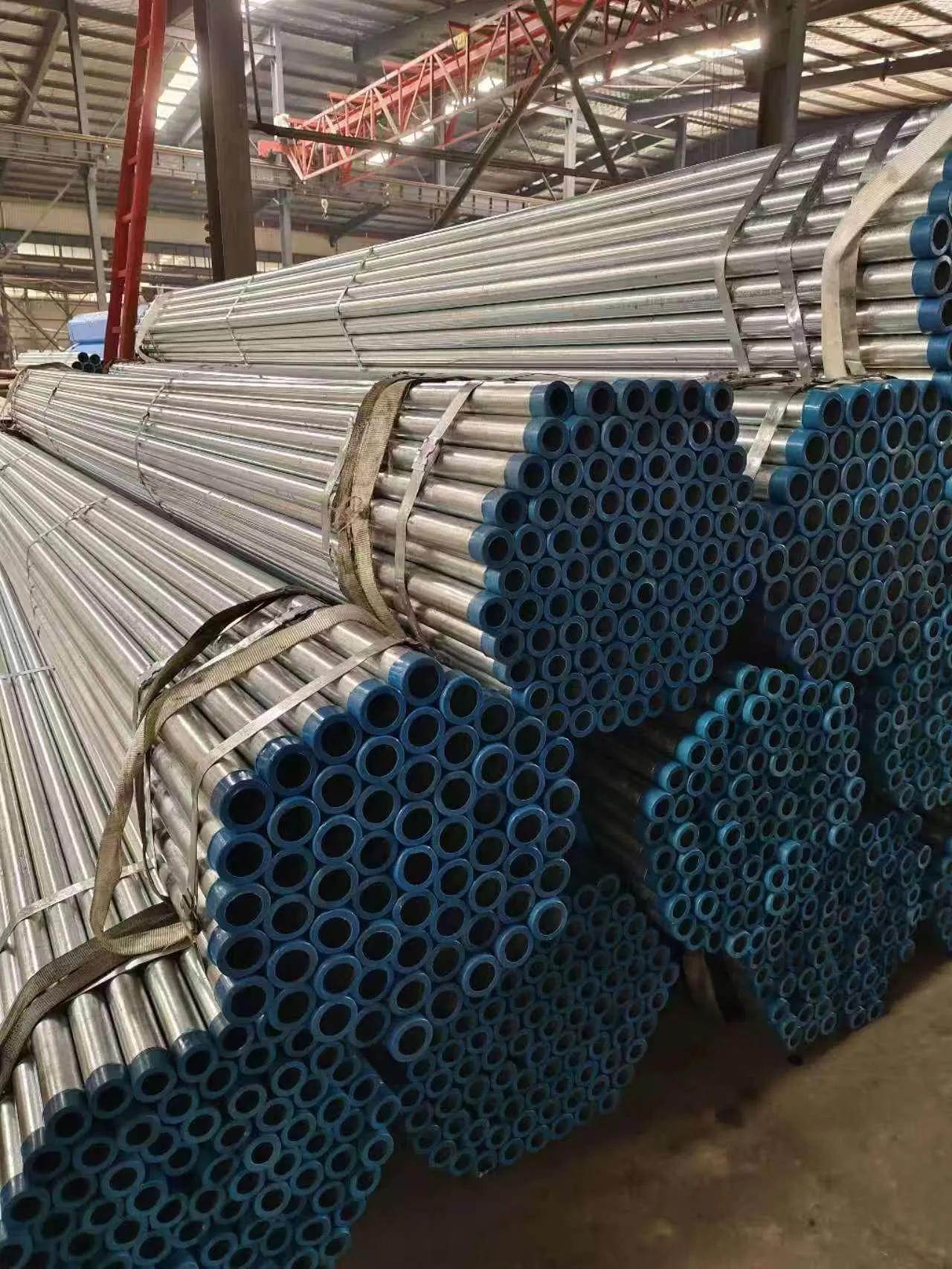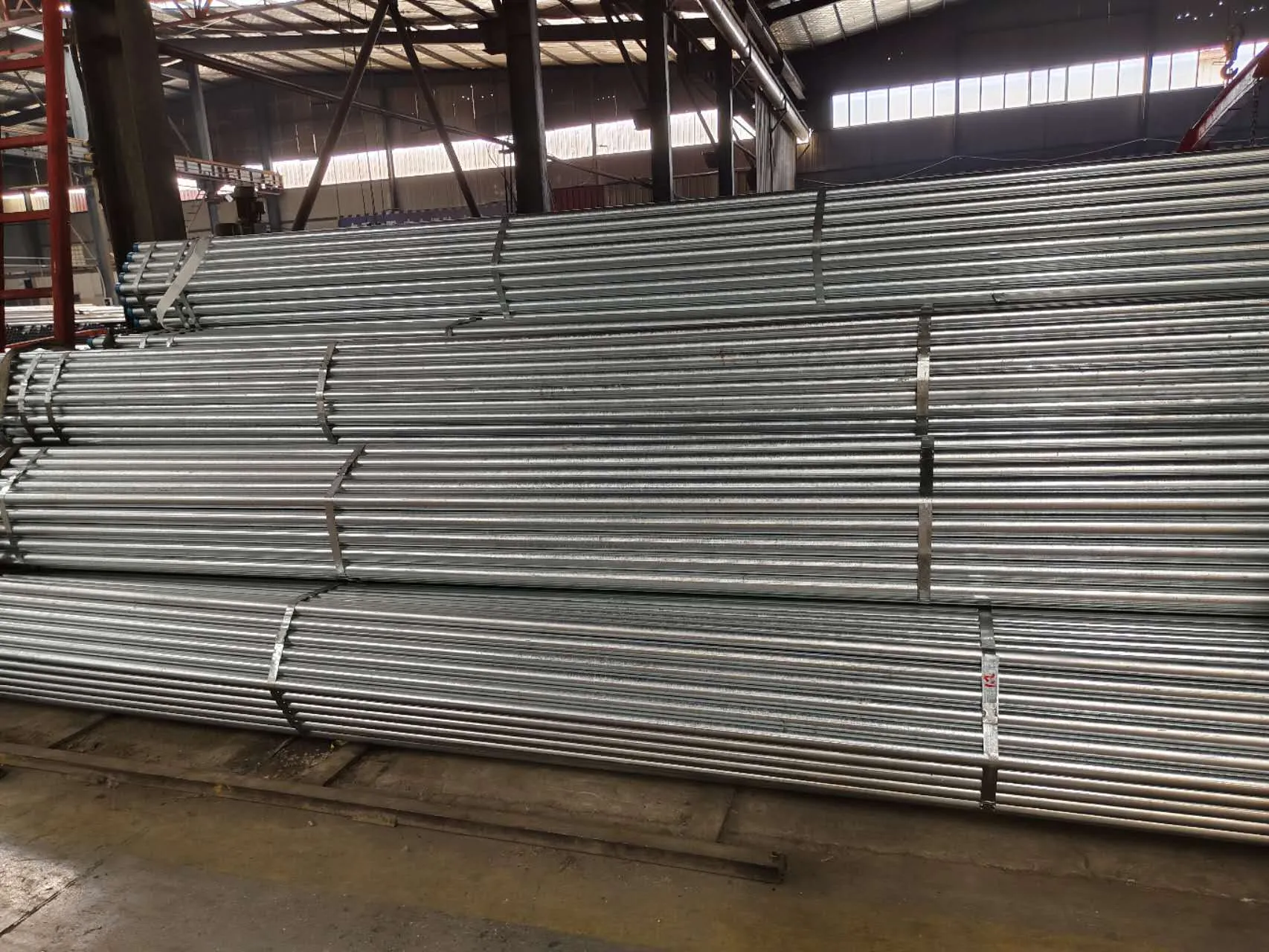Key Characteristics:
- 1.Material Composition:
- EN 10216 pipes are typically made from carbon or alloy steel. The standard specifies various grades with different mechanical properties, depending on the intended application. Common materials used include:
- - P235TR1/2: Commonly used for low-temperature applications.
- - P265TR1/2: Suitable for moderate temperatures and pressures.
- - P355TR1/2: Used for high-temperature applications.
- 2. Manufacturing Process:
- - The pipes are produced using seamless manufacturing processes, which enhance their strength and eliminate potential weaknesses associated with welds.
- - They are generally hot-finished or cold-finished, depending on the application and required properties.
- 3. Dimensions and Tolerances:
- - EN 10216 specifies various nominal sizes and wall thicknesses for pipes based on the intended application and mechanical strength requirements.
- - The tolerances for dimensions and wall thickness ensure that the pipes are compatible with fittings and other equipment.
- 4. NPT Threading:
- - NPT (National Pipe Tapered) is a standard for tapered threads used on threaded pipes and fittings. It is not typically part of the EN 10216 standard directly, but such threads can be applied to pipes produced under this standard.
- - The NPT thread provides a tight seal as it relies on the taper of the threaded joint.
- - It is essential to ensure that the threads are cut accurately to conform to NPT specifications to guarantee a proper fit.
- 5. Mechanical Properties:
- - The pipes produced to EN 10216 standards must meet specific mechanical property requirements, such as yield strength, tensile strength, and elongation.
- - These properties are crucial for ensuring that the pipes can withstand the pressures and temperatures they will encounter in service.
- 6. Testing and Inspection:
- - Pipes manufactured to EN 10216 are subject to various testing methods, including:
- - Hydraulic Testing: To check for leaks and ensure pressure integrity.
- - Non-destructive Testing (NDT): Techniques like ultrasonic testing or magnetic particle testing to identify defects.
- - Mechanical Testing: To confirm that the pipe meets the specified mechanical properties.
- Applications:
- EN 10216 pipes with NPT threads are commonly used in:
- - Oil and Gas Industry:
- - For transporting gas and liquids, particularly in applications requiring secure threaded connections.
- - Power Generation:
- - In steam lines and other pressure applications where robust pipe integrity is essential.
- - Chemical Processing:
- - Where pipes are used in varying chemical environments and require secure, leak-free connections.
- Summary:
- EN 10216 standard defines the necessary specifications for seamless steel pipes designed for pressure applications, which may be thread-finished, including NPT threads. Understanding the relevant material specifications, mechanical properties, dimensions, and testing protocols is essential for selecting proper pipes for use in critical industries, such as oil and gas or power generation. When using NPT threads, adherence to specific threading standards is crucial for ensuring compatibility and safety in threaded pipe connections.
Write your message here and send it to us


















